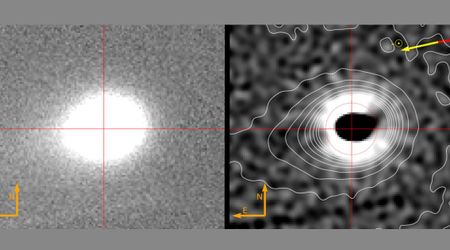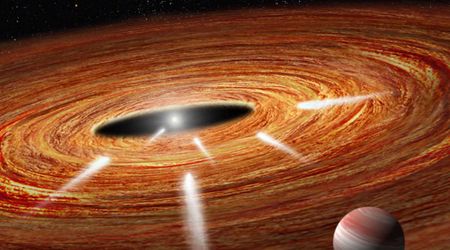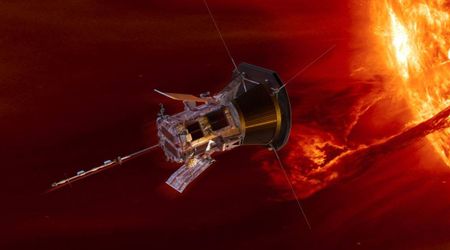Astronomers find second-fastest asteroid that poses 'uncomfortable' proximity to Earth

A newly identified asteroid, designated 2025 SC79, is generating significant interest among astronomers due to its exceptionally rapid orbit and proximity to our planet's neighborhood. Spotted on September 27 by Carnegie Science astronomer Scott S. Sheppard, the space rock orbits the Sun in just 128 days, securing its place as the second-fastest known asteroid orbit ever recorded and highlighting the challenge of tracking objects that pose a potential threat to Earth, according to Carnegie Science.
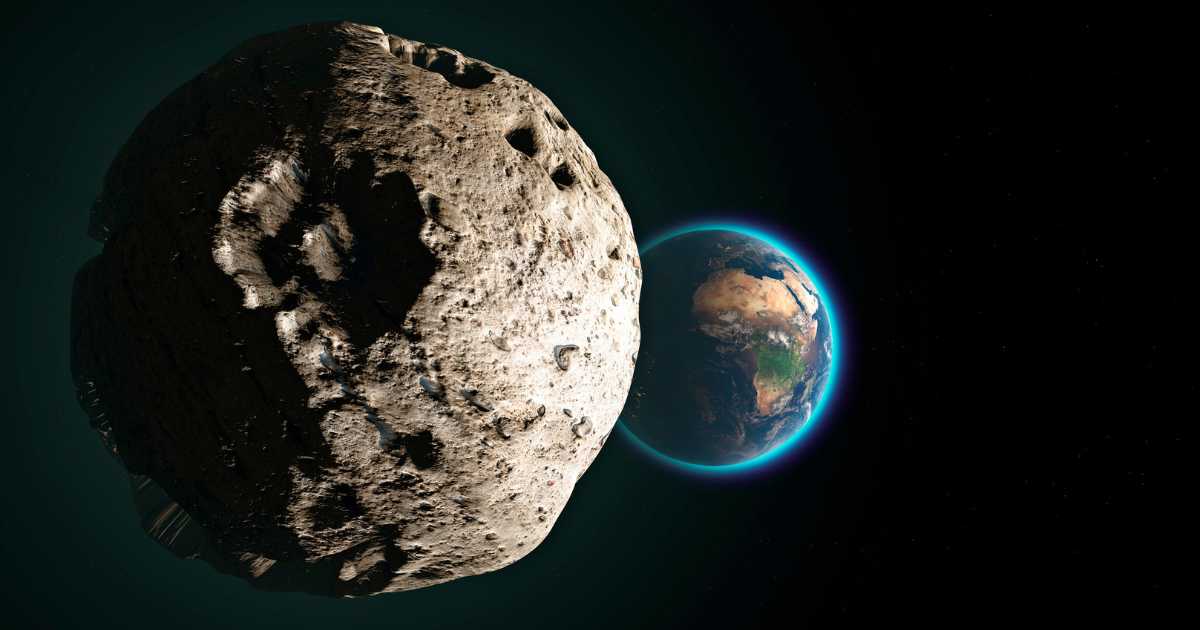
The finding is noteworthy because 2025 SC79 is only the second known object with a solar circuit that takes it entirely inside Venus's orbit, even crossing the path of Mercury. Sheppard located the asteroid by targeting the difficult-to-observe region hidden in the Sun's glare, a zone where high-risk, fast-moving objects are often concealed.
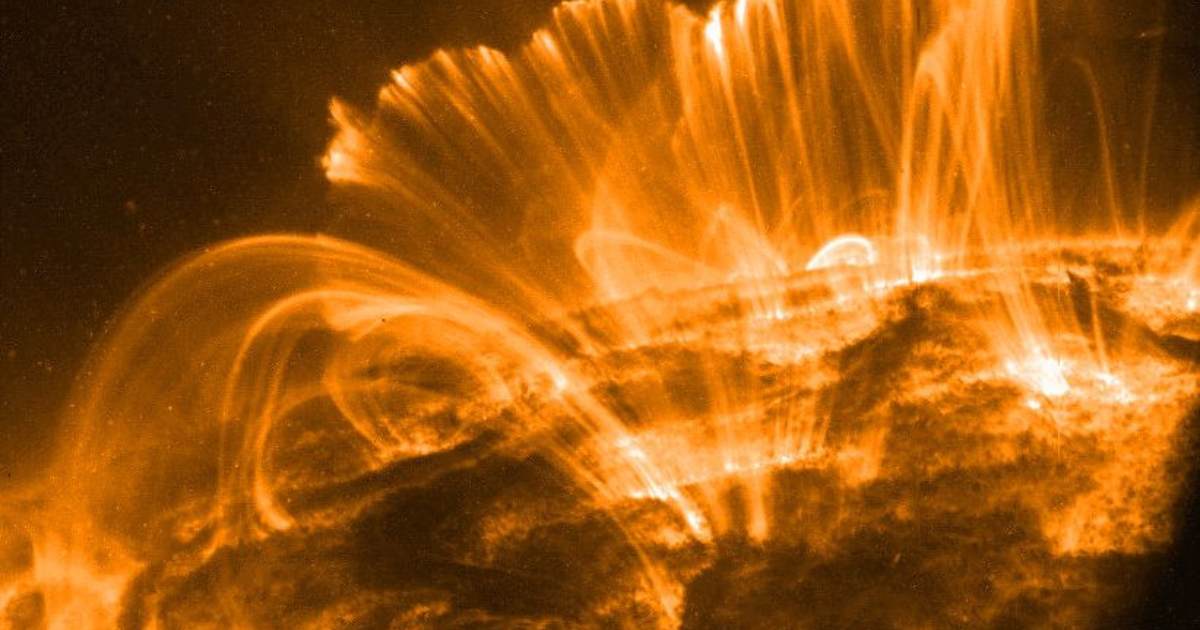
The asteroid's position near the Sun makes its detection a priority for planetary defense. Sheppard notes that the "most dangerous asteroids are the most difficult to detect," as they can only be observed during brief twilight hours when they emerge from the Sun's blinding light. His partially NASA-funded research uses instruments like the Dark Energy Camera on the National Science Foundation’s Blanco 4-meter telescope to specifically search for these "planet-killer" asteroids that could potentially impact Earth. The sighting of the estimated 700-meter-wide object was independently confirmed using the NSF’s Gemini and Carnegie Science’s Magellan telescopes.
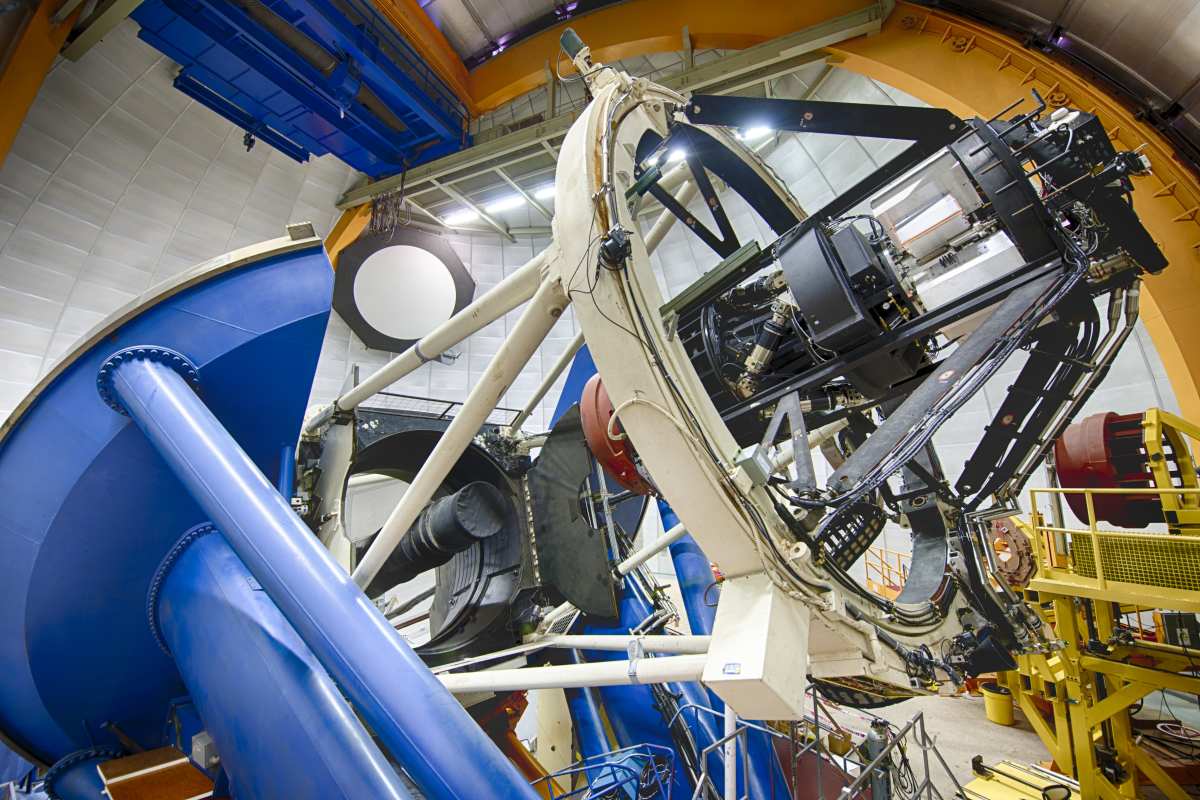
While 2025 SC79 is currently moving behind the Sun and out of sight, its discovery underscores a critical vulnerability. Most asteroids are in distant belts, but gravitational forces can nudge some onto these closer, faster trajectories. "Understanding how they arrived at these locations can help us protect our planet," Sheppard stated. Future research will analyze the asteroid's composition and how it withstands the intense heat of its orbit, providing insights into Solar System history and helping inform global efforts to track and mitigate potential cosmic threats.
The significance of tracking an object like 2025 SC79 is amplified by its considerable size. With an estimated diameter of 700 meters (roughly 2,300 feet), this newly discovered asteroid is substantially larger than other recent findings, as per Live Science. For context, the so-called "city-killer" asteroid 2024 YR4, which drew headlines earlier this year, measures only about 55 meters (180 feet) across. Experts calculated that even that smaller object could potentially unleash energy equivalent to 500 times the Hiroshima atomic bomb if it impacted Earth (though its collision risk is minimal).
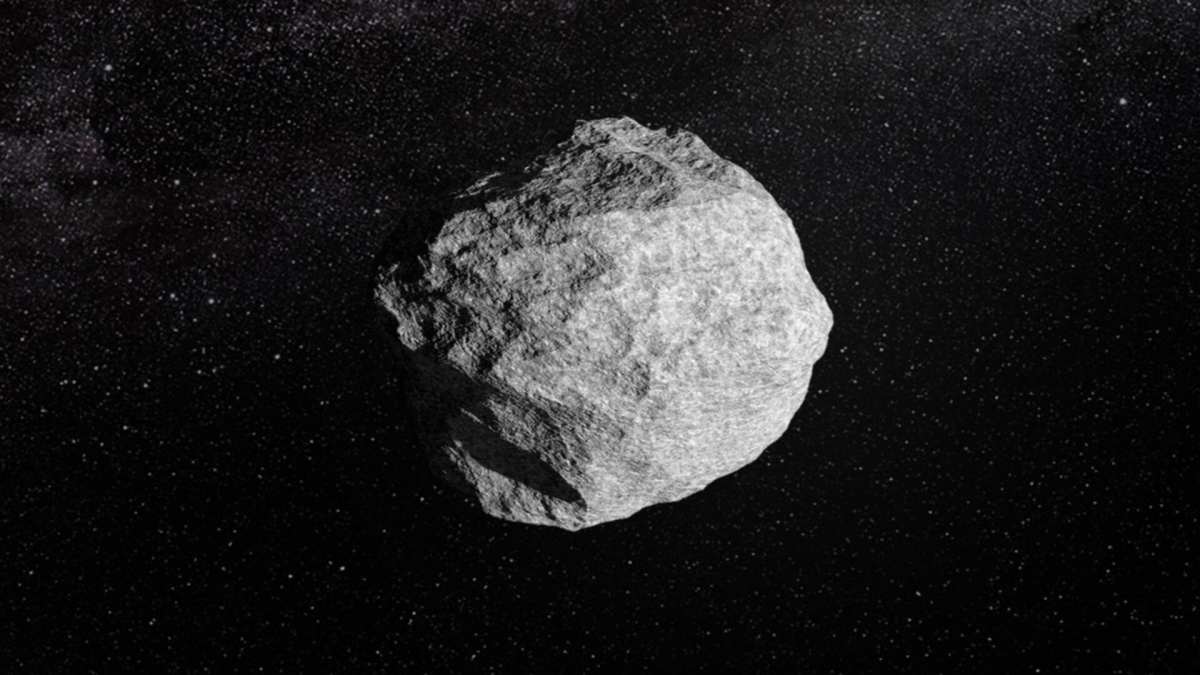
2025 SC79 is the second super-speedy asteroid identified by Sheppard and his team in recent years. They previously discovered the fastest known asteroid, named 2021 PH27, back in 2021. That record-holder completes an orbit around the Sun in a mere 113 days, making it only 15 days faster than the new finding. The only object in the Solar System with an even quicker orbital period is the planet Mercury itself, which races around the Sun in just 88 days.
More on Starlust
Asteroid the size of a skyscraper set for a close approach to Earth this month—should we be worried?


